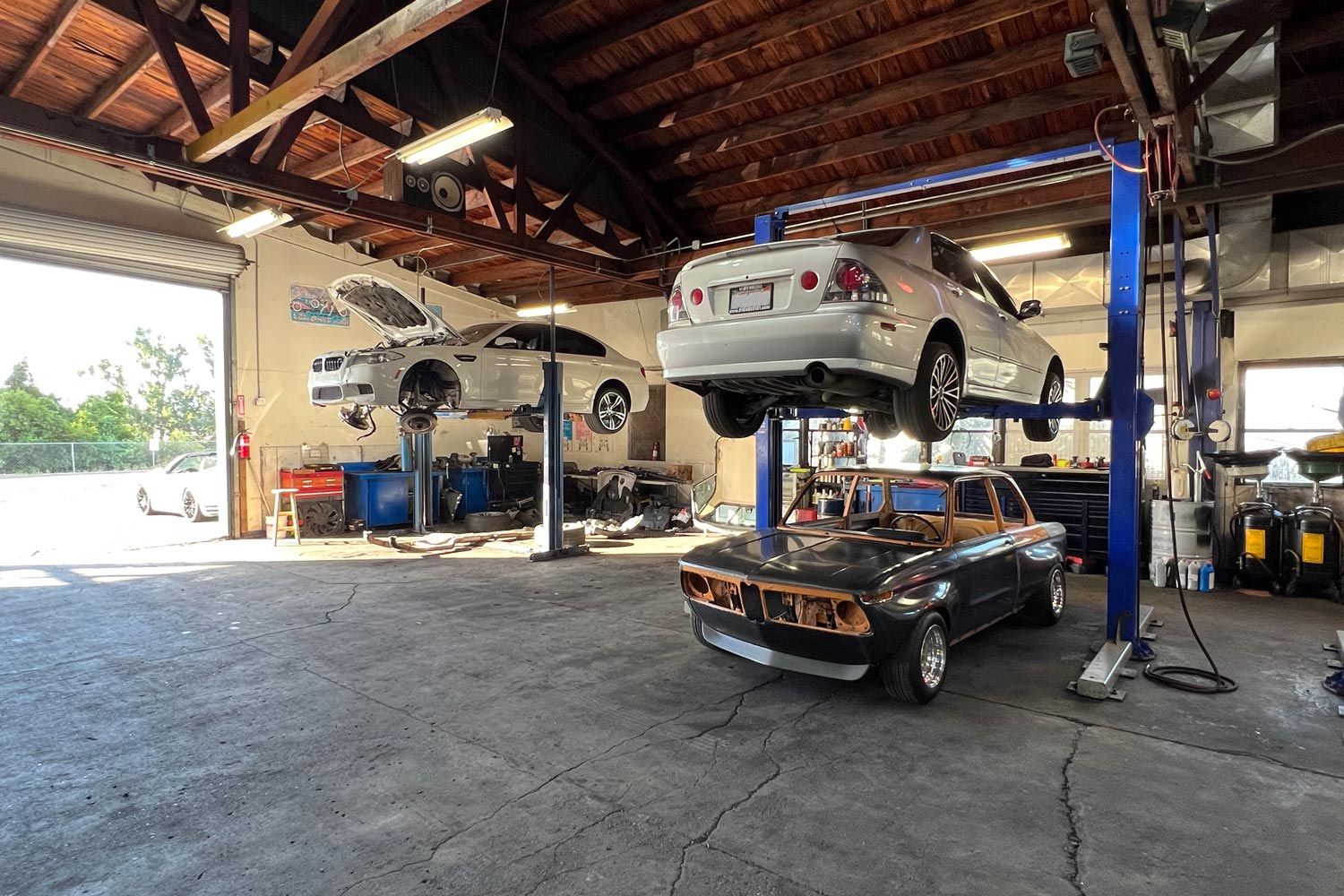Car Maintenance: Five Routine Services Explained
Though it may feel like an upsell when you only went in for an oil change, a number of other important services can help keep your vehicle healthier, longer.
 Manuel Carrillo III | Capital One
Manuel Carrillo III | Capital One
It can be tempting to put as many miles between visits to the mechanic as possible, but a regular, mileage-based schedule is a best practice for attempting to avoid a more serious repair — also known as preventative maintenance. In addition to regular oil changes, here are five routine vehicle services intended to keep your car running smoothly.
Four of these involve fluid changes, which automakers tend to recommend as part of a regular service schedule.
Transmission Service
There are two types of transmission fluids that may need to be changed. The first, also called gear oil, is used in manual transmissions to lubricate the parts inside the gearbox. The second, used in automatic transmissions, doesn't just lubricate, but also provides hydraulic pressure for changing gears. In both cases, it also helps to cool the transmission.
Over time, exposure to heat and the accumulation of debris can reduce the effectiveness of transmission fluid. For the average driver, the typical range for replacing manual transmission oil is between 30,000 miles and 60,000 miles. For automatic transmissions, the range is much greater, starting at 25,000 miles and going all the way up to 150,000 miles for some models. Heavier use, such as towing or track driving, can shorten these service windows.
Failing to change transmission fluid can lead to notchy shifter feel and potential gear damage in a manual. In an automatic, it could cause poor shifting, slipping gears, and even component failure. Automatic transmissions also have a filter that should be changed at the same time as the fluid.
Brake Fluid Service
Your brake system includes many feet of thin lines filled with hydraulic fluid. Brake fluid is the connection between the car's brake pedal and the brake pads or shoes that are part of how a driver can slow down and stop with relatively little effort. This hydraulic fluid is exposed to considerable heat from the friction of braking, which over time degrades its performance. Brake fluid also easily absorbs moisture, which further reduces its effectiveness.
Brake fluid should be completely flushed and changed once every two years. Time is just as important as mileage with brake fluid, given its water-absorbing tendencies. If a vehicle is hauling heavy loads, or is subject to high-performance driving, the additional heat may require more frequent fluid changes.
Differential Service
Differential fluid lubricates and cools the gears at the front, rear, or center of a vehicle's driveline. Like manual transmission fluid, differential fluid is an oil, and over time heat and debris can reduce its performance. Each manufacturer has its own vehicle-specific replacement intervals, but they generally fall within the 40,000-mile to 60,000-mile range. Harder driving can shrink this window, and failing to change differential fluid can lead to gear damage and differential lockup.
Power Steering Service
Power steering fluid is a hydraulic fluid similar to that inside an automatic transmission. Some automobiles even use transmission fluid in place of dedicated power steering fluid.
Pressurized by a pump, the fluid is used to amplify the movements of the steering wheel and make it easier to turn. It lubricates and cools the power steering system, but over time degrades with heat and the accumulation of gunk. Typically, a flush and replacement is required between the 40,000-mile to 80,000-mile range to prevent steering from becoming noisy, heavy, or inconsistent.
Air Filters
Air filters keep dirt and dust out of the engine and the cabin. When an engine air filter becomes clogged, it can affect performance and fuel economy. In general it's good for between 30,000 to 40,000 miles of regular driving. Cabin filters have a shorter service life of between 12,000 and 15,000 miles (though intervals can vary based on how dusty your environment is) before they are no longer cleaning the air you and your passengers breathe.
Generally, air filter services can be performed with minimal hand tools. A quick search through your owner's manual will help you determine if this is a driveway job or one you might want to have performed by a professional.
Written by humans.
Edited by humans.
 Benjamin Hunting
Benjamin HuntingBenjamin Hunting is a writer and podcast host who contributes to a number of newspapers, automotive magazines, and online publications. More than a decade into his career, he enjoys keeping the shiny side up during track days and always has one too many classic vehicle projects partially disassembled in his garage at any given time. Remember, if it's not leaking, it's probably empty.
Related articles
View more related articles